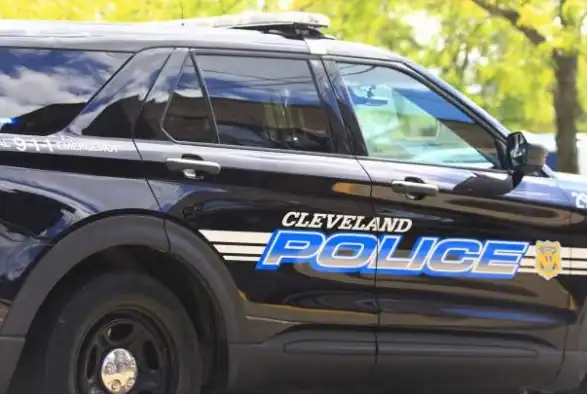Cities and villages can still use them under strict conditions.
By Konner Hines
Starting July 1, speed cameras are officially banned in counties and townships across Ohio. A major update to state law now prohibits these local governments from using traffic law photo-monitoring devices to detect or enforce traffic violations, marking a significant shift in how traffic laws can be enforced outside of cities and villages.
What the New Law Says
Under the revised Ohio Revised Code Section 4511.093, no county, township, or any representative thereof may use automated speed cameras. The ban applies statewide and is designed to curb what lawmakers describe as the overuse of traffic cameras in smaller or rural communities, many of which had used them as a tool for revenue generation rather than road safety.
Limited Use Allowed for Cities and Villages
While counties and townships are banned from using speed cameras, cities and villages in Ohio may still operate them, but only under strict conditions:
- A law enforcement officer must be physically present at the location while the speed camera is in use.
- Officers who witness a traffic violation in person may issue a ticket under traditional procedures (per Section 2935.26 of the Revised Code).
- If no violation is witnessed directly by the officer, tickets can still be issued, but only if the city follows specific rules under sections 4511.096 to 4511.0912.
Additionally, township officers are banned from using traffic cameras on interstate highways. Any use of a speed monitoring device by township or county officers must involve handheld equipment only, not automated or mounted cameras.
Why the Change?
Lawmakers argue the legislation was necessary to protect Ohio drivers from misuse of automated enforcement technology. Supporters of the ban point to situations where small towns collected large sums in traffic fines through speed cameras, often without proper oversight or concern for due process. Critics argue the cameras served as a “money grab” and disproportionately impacted out-of-town drivers unfamiliar with local enforcement zones.
Impacts and Enforcement
The new law takes enforcement out of the hands of counties and townships and places strict boundaries on any remaining use. Cities that continue using traffic cameras will be under heightened legal scrutiny and must maintain officer presence at all monitored locations. Those that don’t comply may face lawsuits, state penalties, or loss of revenue tied to enforcement.
Conclusion
As of July 1, speed cameras are banned in all Ohio counties and townships. Only cities and villages may continue using them under clearly defined conditions. The new law aims to strike a balance between traffic safety and civil liberties, while preventing automated ticketing systems from becoming profit-driven enforcement tools in smaller jurisdictions.
Sources:
- Ohio Revised Code. (n.d.). Section 4511.093: Use of traffic law photo-monitoring devices. Retrieved from https://codes.ohio.gov/ohio-revised-code/section-4511.093
- WFMJ. (2025, May 14). Valley lawmaker praises ban on speed cameras in Ohio counties and townships. Retrieved from https://www.wfmj.com/story/52655876/valley-lawmaker-praises-ban-on-speed-cameras-in-ohio-counties-and-townships
- Fox 8. (2025, May 12). Speed cameras banned in Ohio counties, townships. Retrieved from https://fox8.com/news/speed-cameras-banned-in-ohio-counties-townships/
Summary:
As of July 1, Ohio has officially banned speed camera usage by counties and townships. Under the revised state law, only cities and villages are permitted to operate traffic law photo-monitoring devices, and even then, only under strict conditions, such as requiring a law enforcement officer to be physically present during camera operation. The new legislation aims to prevent revenue-driven traffic enforcement in smaller communities and ensure more accountability in issuing traffic violations. The law also bans township officers from using speed cameras on interstate highways and limits any use of such devices to handheld units in applicable jurisdictions.
Author’s Bio
Konner Hines is a Marketing and International Business student at Baldwin Wallace University and a member of the Honors College. Passionate about storytelling and global issues, Knowles explores pop culture, media, and social justice through thought-provoking writing.




